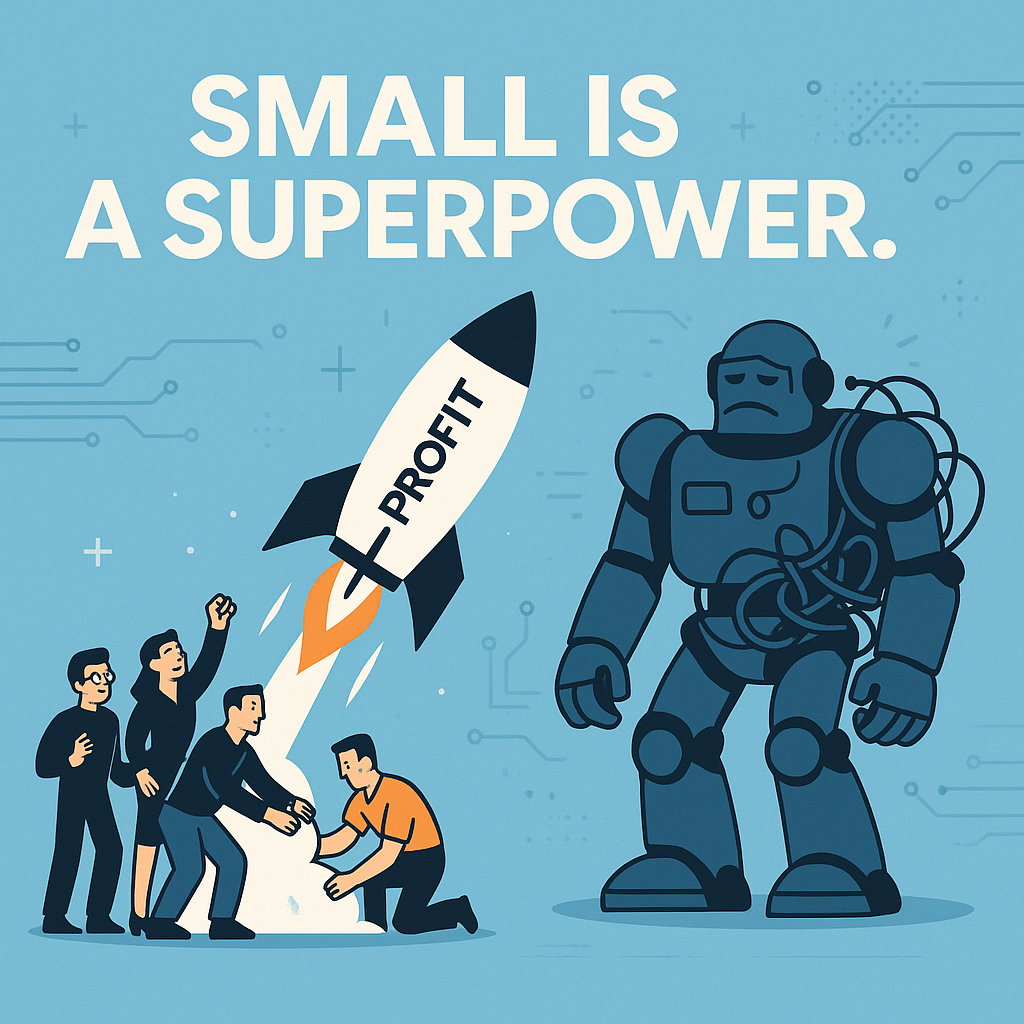"In a world obsessed with scale, the smartest agencies are realizing that staying small isn’t a limitation—it’s a strategic weapon. Freedom, focus, and profitability live where the bloat doesn’t."
TLDR
The agency industry’s obsession with growth is killing profitability and owner sanity. Small agencies consistently outperform large ones on client satisfaction, profit margins, and speed of execution. The secret isn’t scaling up—it’s staying strategically small while using the “elastic agency” model to handle bigger projects without the overhead.
Key Takeaway: Stop apologizing for being small. Start leveraging it as your biggest competitive advantage.
The agency world has it backwards. While everyone’s chasing growth, headcount, and “scale,” the most profitable agencies are doing the opposite—staying small, charging premium rates, and saying no to clients who don’t fit.
Here’s why small agencies win, and how to build one that stays that way.
Why Small Beats Big
Speed Kills (The Competition)
Small agencies move at startup speed while big agencies move at corporate speed. When a client needs a campaign launched in two weeks, guess who gets the call?
Big agencies have layers of approval, committee decisions, and bureaucratic processes. Small agencies have the decision-maker in the room. That speed advantage is worth premium pricing.
Senior Talent Access
At a big agency, junior account coordinators manage million-dollar accounts. At a small agency, the owner or senior partner is directly involved. Clients pay for expertise, not overhead.
This isn’t about ego—it’s about value. When clients can text the agency owner directly, they’re getting a level of access that big agencies can’t match at any price.
Focused Expertise
Big agencies try to be everything to everyone. Small agencies can specialize deeply in specific industries, services, or client types. Specialization commands premium pricing.
When you’re the go-to agency for SaaS companies or healthcare practices, you’re not competing on price—you’re competing on expertise.
The Elastic Agency Model
Here’s how to scale without the overhead:
Core Team + Network
Maintain a small core team (2-5 people) and build a network of trusted freelancers and specialists. When big projects come in, you scale up. When they end, you scale down.
Pay freelancers premium rates to ensure availability when you need them. This costs more per hour but eliminates fixed overhead, benefits, and busy work.
Variable Costs, Not Fixed Costs
Traditional agencies have high fixed costs—salaries, benefits, office space, equipment. Elastic agencies have variable costs that scale with revenue.
This means higher profit margins and less financial stress during slow periods.
Premium Positioning
Small agencies can charge more because they offer something big agencies can’t: exclusivity, personal attention, and genuine expertise.
Position your size as a feature, not a limitation. “We only work with 8 clients at a time, ensuring each gets our full attention.”
Strategic Constraints That Create Value
Client Limits
Artificial scarcity creates value. When prospects know you only take on limited clients, they want in more. This isn’t manipulation—it’s honest capacity management.
Set a maximum number of clients and stick to it. When you’re full, you’re full. This forces you to charge appropriately and choose carefully.
Service Focus
Don’t try to offer everything. Pick 3-5 core services and become exceptional at them. Refer everything else to partners.
Clients prefer specialists over generalists for important work. Focus creates expertise, and expertise commands premium pricing.
Geographic or Industry Limits
Consider focusing on specific industries or geographic markets. This makes you the obvious choice for prospects in your niche while reducing competition.
Implementation Framework
Phase 1: Audit and Optimize (Months 1-3)
- Audit current client portfolio using profitability and fit criteria
- Fire unprofitable or problematic clients
- Raise rates on remaining clients
- Document your ideal client profile
Phase 2: Build Your Network (Months 4-6)
- Identify trusted freelancers and specialists
- Establish clear working relationships and rates
- Test the elastic model on smaller projects
- Refine your core team structure
Phase 3: Premium Positioning (Months 7-12)
- Develop specialized expertise and case studies
- Implement client limits and waiting lists
- Focus marketing on ideal client profile
- Establish premium pricing structure
Phase 4: Strategic Growth (Months 13-18)
- Expand services within your specialization
- Develop strategic partnerships
- Build thought leadership in your niche
- Optimize the elastic model based on experience
The Numbers That Matter
Focus on these metrics instead of headcount:
- Profit per client: Target $50K+ annually
- Revenue per employee: Target $200K+ annually
- Client retention: Target 90%+ annually
- Referral rate: Target 50%+ of new business
These numbers are achievable when you’re selective about clients and focused on value delivery.
Common Objections (And Why They’re Wrong)
“We need more capacity for bigger projects.”
Use the elastic model. Scale up temporarily without permanent overhead.
“Clients want full-service agencies.”
Some do. Those aren’t your clients. Your clients want expertise and results.
“We’ll miss growth opportunities.”
You’ll miss bad growth opportunities. Good growth comes from deepening relationships with ideal clients.
“Small agencies can’t compete with big agency resources.”
You’re not competing on resources—you’re competing on results, speed, and access.
The Reality Check
Most agency owners are trapped in the growth mindset because that’s what the industry preaches. But growth for growth’s sake leads to complexity, overhead, and reduced profitability.
The agencies making the most money per owner are small, focused, and selective. They charge premium rates, work with ideal clients, and maintain high profit margins.
Your Next Steps
- Audit your current clients using profitability and fit criteria
- Identify your top 3-5 clients and analyze what makes them ideal
- Calculate your true profit per client after all costs
- Set a client limit based on your capacity and desired lifestyle
- Raise rates to reflect the premium value you provide
- Start building your freelancer network for elastic scaling
The Bottom Line
Small agencies beat big ones because they can move faster, provide better access to senior talent, and focus deeply on specific expertise areas. The key is embracing your size as a competitive advantage rather than apologizing for it.
Stop trying to be a small version of a big agency. Start being the best version of a small agency.
The market rewards focus, expertise, and premium positioning. Give clients something big agencies can’t: your personal attention, specialized knowledge, and genuine partnership.
That’s worth paying for.
Ready to audit your client portfolio and identify your ideal clients? Use our Small Agency Framework Audit to systematically evaluate which clients deserve your limited capacity.



